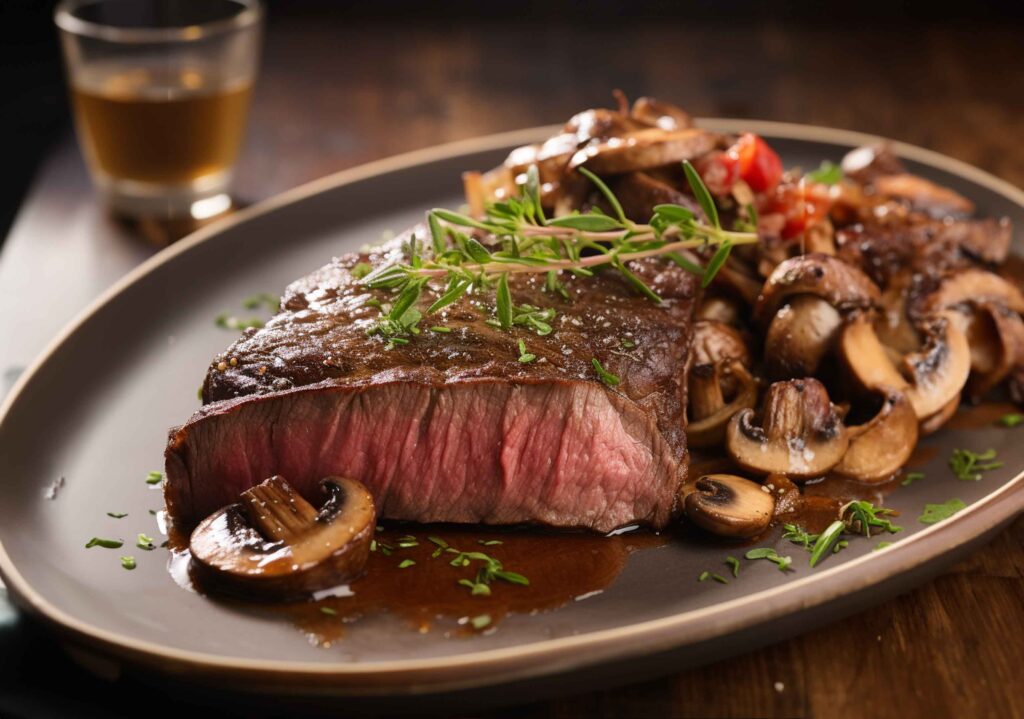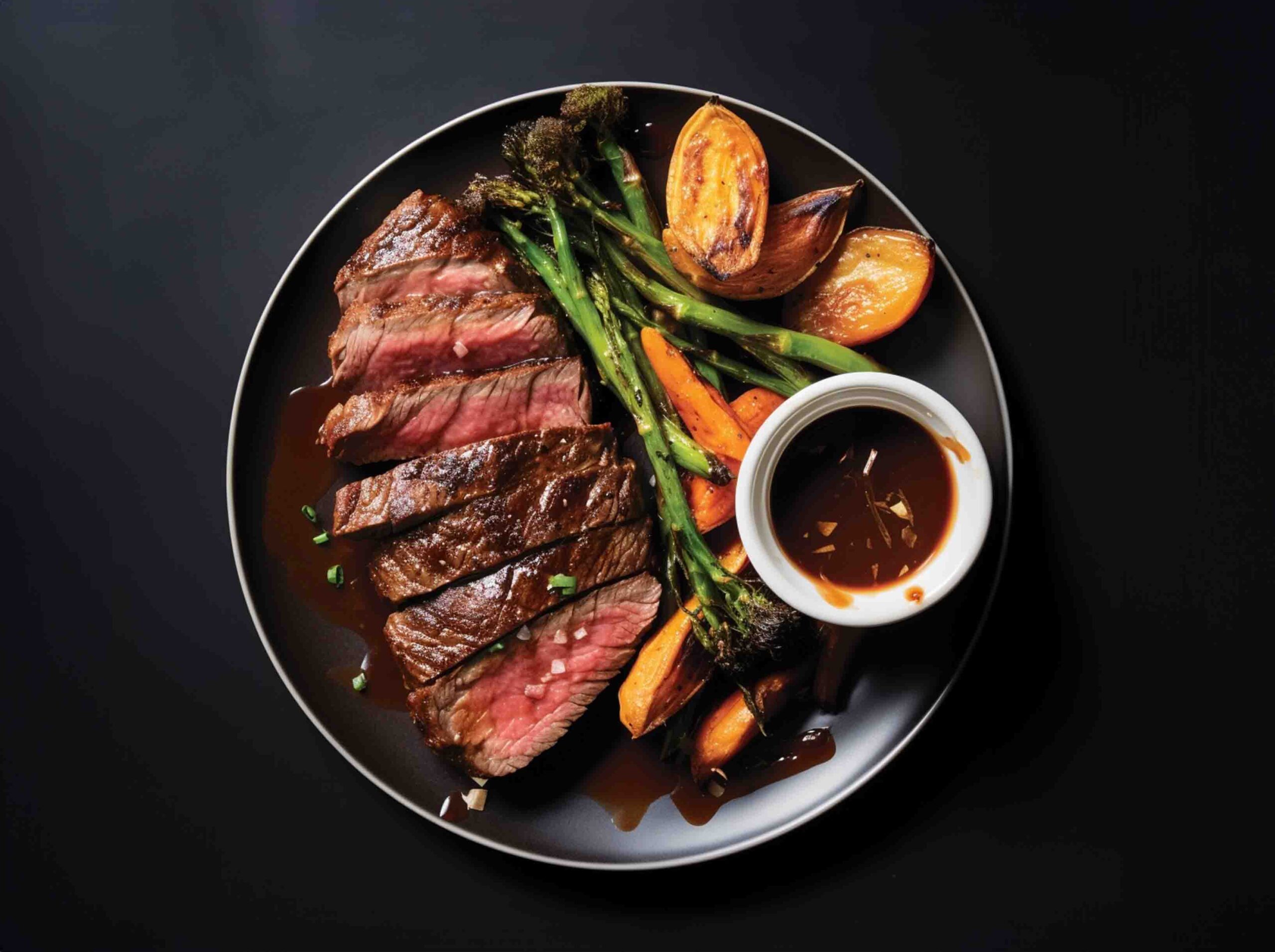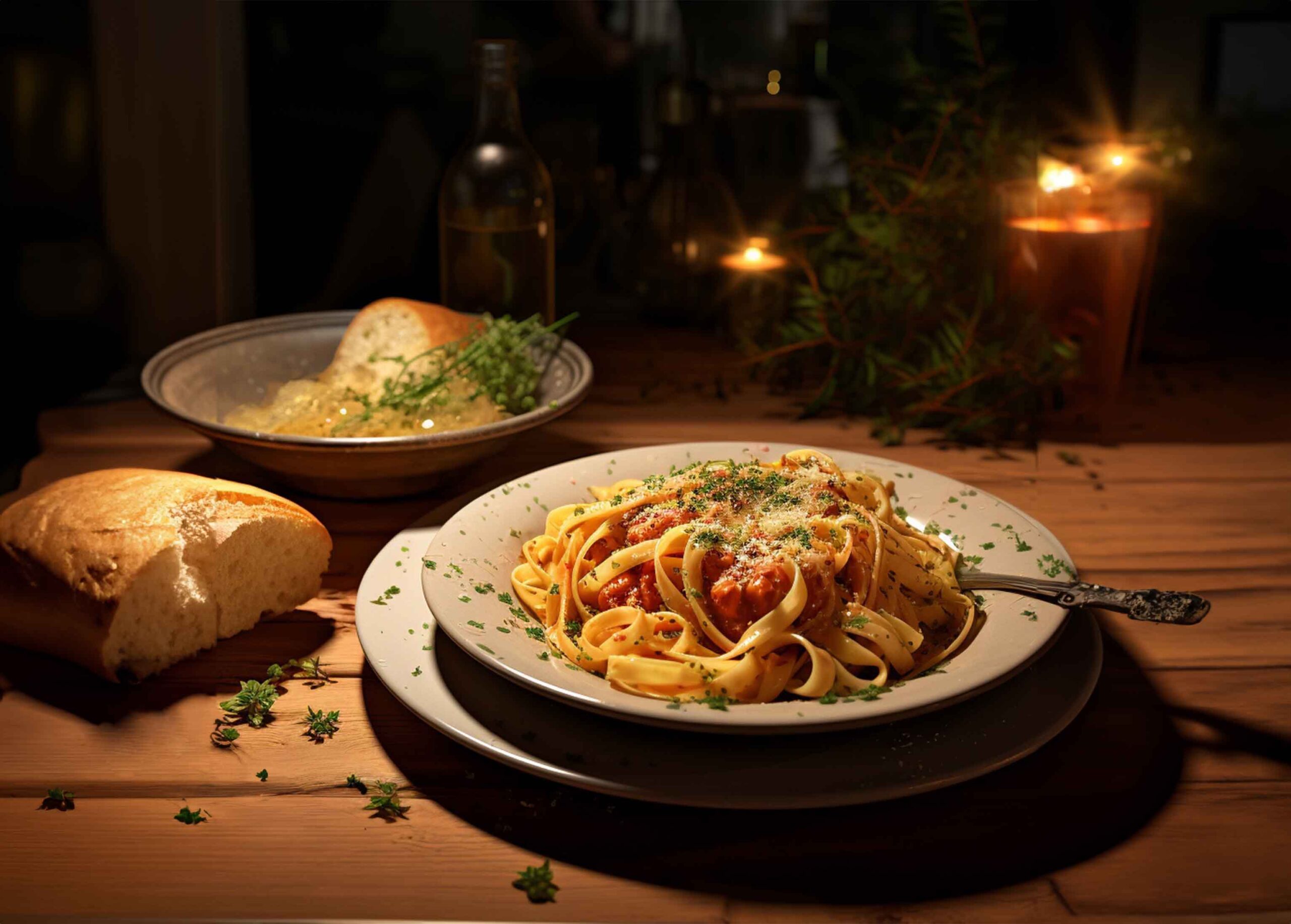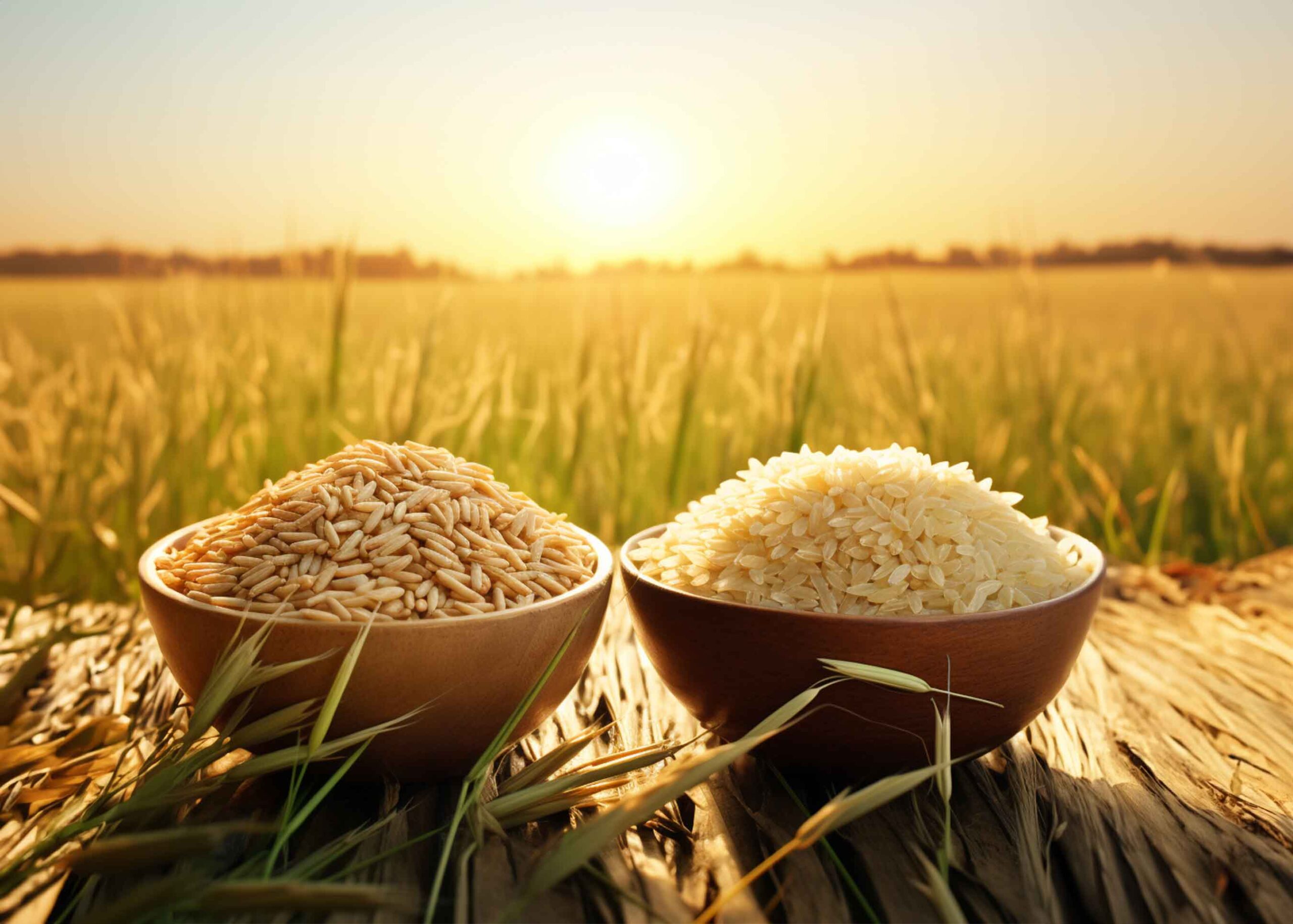For steak lovers, the manner in which a steak is cooked can be a point of passion, and even contention. Every degree of doneness offers a different sensory experience—from the juicy tenderness of a rare steak to the robust, full-bodied texture of one that’s well-done.
What is Doneness?
Before we delve into the specifics, let’s define what “doneness” means in the context of cooking steak. “Doneness” refers to the degree to which meat is cooked, as indicated by its internal temperature, color, and texture. It is a crucial aspect that determines not only the steak’s safety for consumption but also its flavor and mouthfeel. Knowing how to cook steak to various degrees of doneness allows you to enjoy the meat at its best, according to your personal preference.
The Juicy Elegance: Rare Steak
A rare steak is cooked at low temperatures for a short period, just enough to sear the exterior. The interior remains deep red and extremely juicy, which highlights the steak’s natural flavors. It’s the go-to choice for purists who want to taste the meat in its most primal form.
A Balanced Affair: Medium-Rare

Medium-rare steaks strike a balance between the juiciness of a rare steak and the cooked texture of a medium one. The center is warm and pink, retaining a good amount of moisture and tenderness. This is often cited as the best way to cook a steak to appreciate both its flavor and texture.
The Middle Ground: Medium
A medium steak is cooked until the pink center begins to narrow. The texture becomes firmer, and the flavors more developed compared to its rarer counterparts. It’s a good compromise for those who are uneasy about consuming undercooked meat but still want some juiciness.
Almost There: Medium-Well
Medium-well steaks are cooked longer, which results in a firmer texture and a light brown color with only a hint of pink in the middle. The flavors are robust, but the steak starts losing its juiciness.
The Robust Choice: Well-Done
A well-done steak is cooked until it’s browned throughout, offering a chewy texture. While some steak enthusiasts might shy away from well-done steaks due to the loss of juices, others prefer the fully cooked, robust flavors and don’t mind the firmer texture.
Tips for Perfecting Each Level
Getting the steak to your desired level of doneness is an art. Use an instant-read thermometer for precise cooking, and remember that steaks continue to cook for a few minutes after being removed from the heat source. The key to cooking a perfect steak also involves allowing it to rest before slicing.
The world of steak is as varied as the people who enjoy it. With so many levels of doneness to choose from, you’re bound to find the perfect steak that satisfies both your taste buds and your culinary preferences. The next time you’re standing over a grill or stovetop, armed with a beautiful cut of meat, you’ll know exactly how to cook it to perfection.




